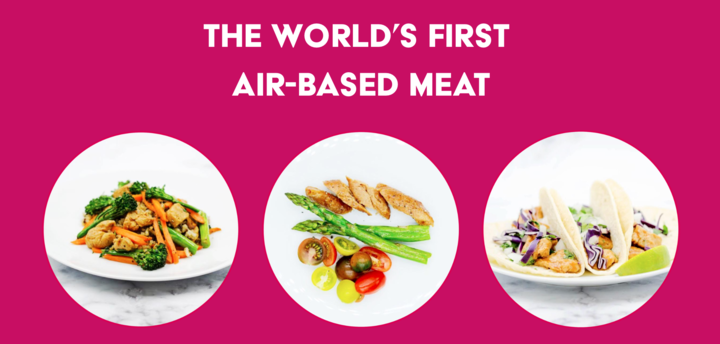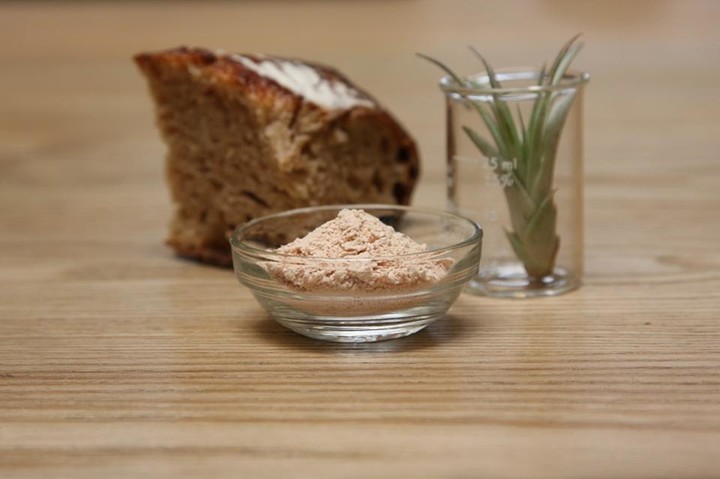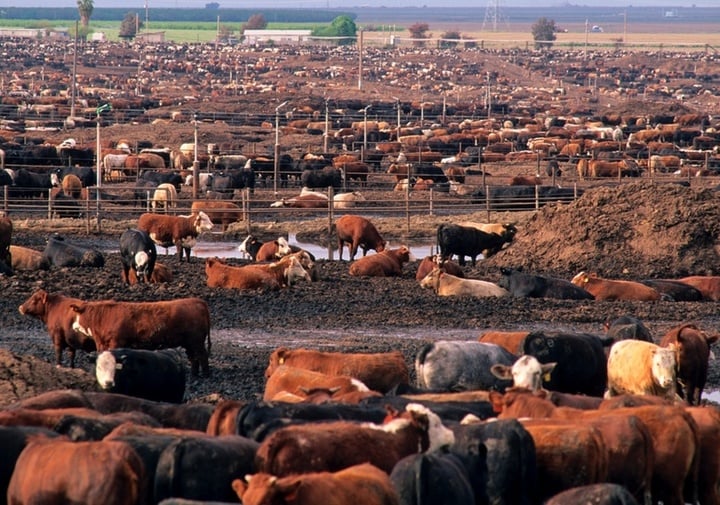In the 1960s, NASA scientists were thinking about how to get astronauts in space. For the first time, they found that using microbes could convert the carbon dioxide exhaled by astronauts into energy-enhancing food.
It’s a bit of a mystery to turn the carbon dioxide in the air into something to eat. This must be done, and it should be a level of the national division that has been seeking rain for hundreds of years. Both of them are basically out of nothing, and they have changed things that others do not exist.
But using the substances in the air to make food is very attractive to consumers, and it will make both fame and fortune. Air Protein, a startup in the Gulf region, wants to be a “national teacher.”
On November 12th, Air Protein released the first “Air-based” meat products.

This “cooking” process is a bit like making yogurt, “making” the protein through a proprietary probiotic production process.
In the fermenter, naturally occurring microbes consume carbon dioxide and “mineA mixture of material nutrients that produces 80% protein.
Unlike soybean or other plant proteins, it is a “complete protein” with the same amino acid structure as the protein in beef or chicken. Unlike some animal proteins, there are no antibiotics or hormones. In addition, it also contains vitamin B, which is not found in most vegetarian diets.

▲ Before cooking, Air Protein is like protein powder
Most importantly, this “protein” production process can be produced in a matter of hours and is not affected by weather conditions and seasons.
Air Protein CEO Lisa Dyson has introduced her own attempts on different occasions, she is at TED introduces its findings – aquatic nutrient transformants.
I call them natural super carbon recyclers.

In their lab. They used these microbes to make amino acids from carbon dioxide; they used it to make a protein-rich meal; they used it to make citrus oil, which can be used for flavoring or as a flavoring agent.
Air Protein’s predecessor was a small part of Kiverdi. Kiverdi will use a similar approach to convert carbon dioxide into a supply chain alternative to raw materials such as plastics and palm oil.
Now, the independent Air Protein will focus on the food sector and explore its products as a supplement to cereals or protein bars or shakes.
Lisa Dyson said the company is currently exploring “the first suitable food to launch the market” and plans to announce its product line next year.

At present, artificial meat is produced in two ways. One is to let the plants fool your taste. Many of our readers will call it “sweet meat.” The second is to grow meat from the lab. The representative companies for this method are Mosa Meat and Memphis Meat, which claim that they use only 1% of the land and 1% of the water compared to meat producers.
From the introduction, Air Protein has no doubt chosen the second method.

The impact of the livestock industry on the environment is too great, which is the main reason people choose to manufacture artificial meat.
According to a report by the Food and Agriculture Organization of the United Nations, livestock produces more greenhouse gases than the transportation industry, accounting for 18% of total carbon dioxide equivalent. In addition, it is also an important cause of land and water degradation.
How can I get more and more people to eat while making the planet not getting worse? 3D printing meat, laboratory cultivation of meat, carbon dioxide conversion meat have appeared on the scene, giving their own answers.
But no matter how good the words are, how great the vision is, these “proteins” will still be full of doubts before mass production. Is it really cheaper? Is this really a reliable method? Is there really a possibility of mass production?

Despite the fierce competition and many uncertainties, Lisa Dyson still believes that there is a huge potential for what he is doing.
I think this is a must. As the population grows, we need to move from land production to air production.